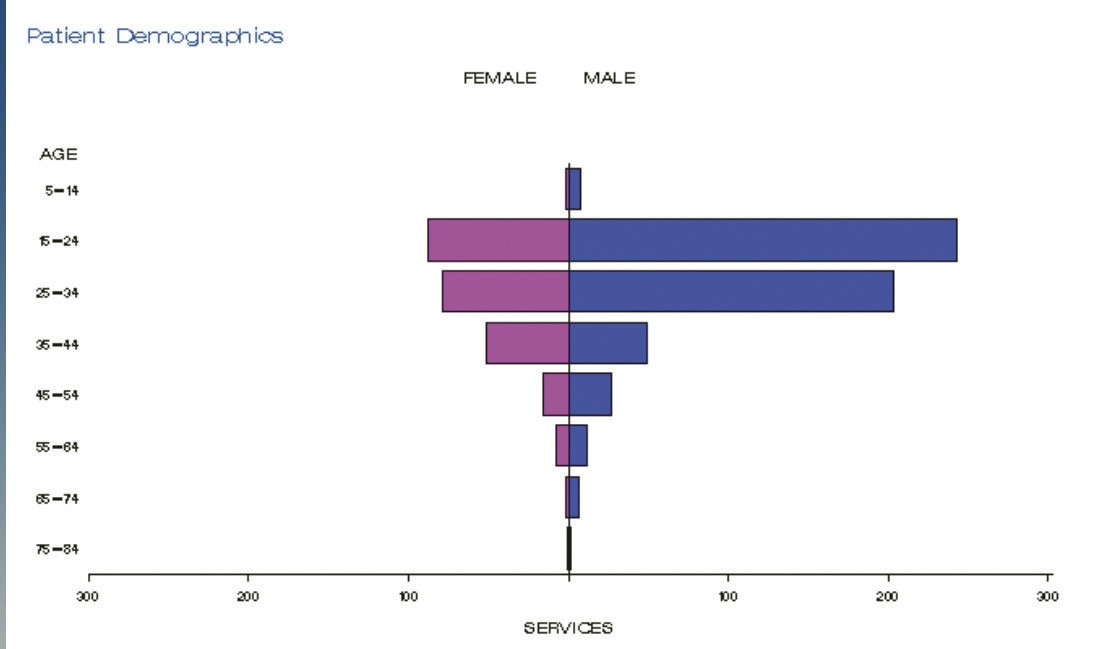After lobbying by eye specialists, government finally made eyesight -saving treatment available through the national health system.
On May 1, the College of Ophthalmologists sent a press release saying the listing of Corneal Collagen Cross Linking (CCXL) on the Medicare Benefits Schedule (MBS) would deliver “hundreds of Australian patients easier access to a sight saving procedure”. CCXL is the only effective treatment for keratoconus (progressive thinning of the cornea). Conservative profiling puts the incidence of keratoconus at one in 2,000 people, but new diagnostic techniques suggest 1 in 600. Keratoconus symptoms include blurred vision, short sightedness, light sensitivity, ghosting and halos around light sources (peaking aged 15-35 years of age). The CCXL procedure halts the progression of keratoconus. The cornea is soaked in a solution of Riboflavin and then exposed to ultraviolet light. This process increases the intermolecular bonds between collagen fibres, making the cornea more robust. The item number is 42652 and the Medicare rebate is $1020. CCXL is used in the treatment of estasia (a group of corneal diseases of which keratoconus is the most common). Anyone wishing to review statistics around a certain MBS item number can visit: http://medicarestatistics.humanservices.gov.au/statistics/mbs_item.jsp
Keratoconus can be diagnosed promptly by both either optometrists and ophthalmologists – the earlier the better.
Further information: www.keratoconus.org.au/



